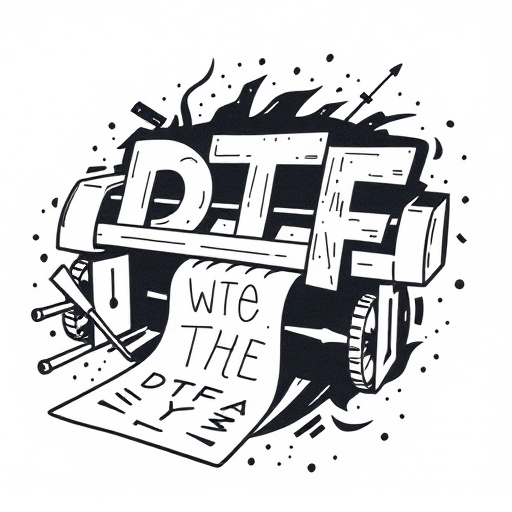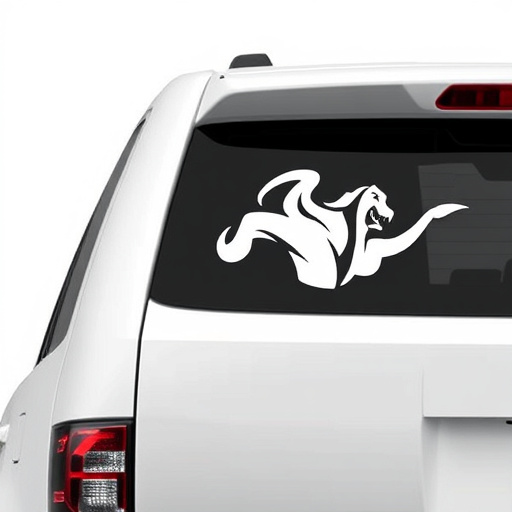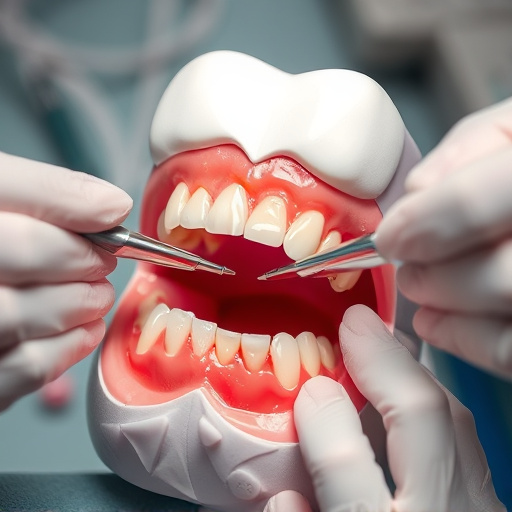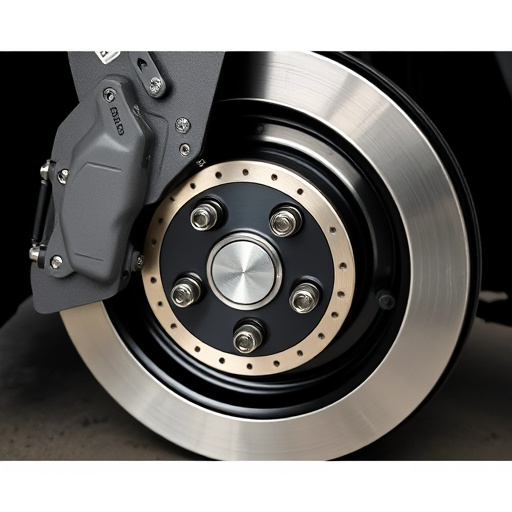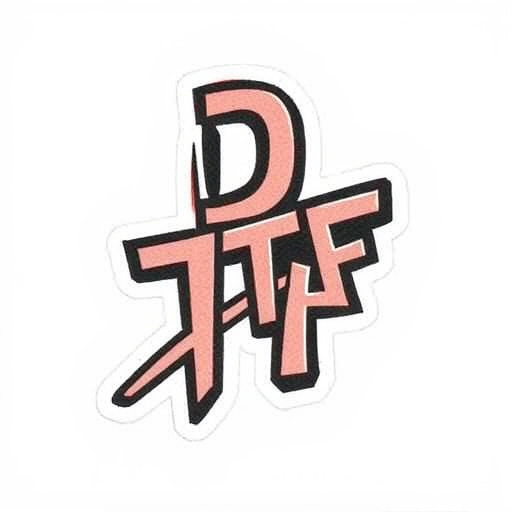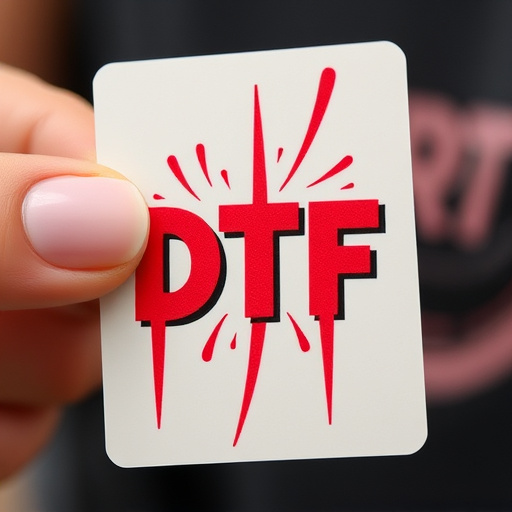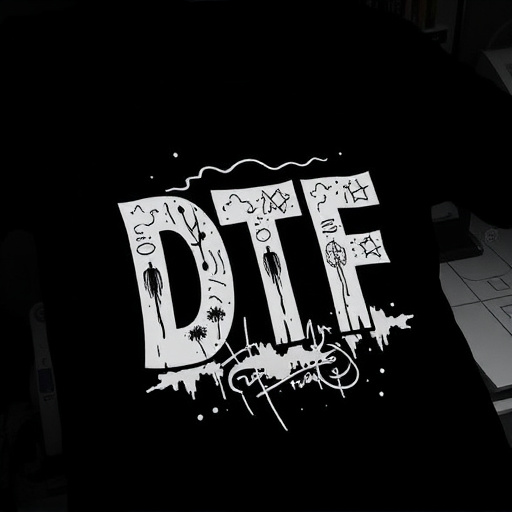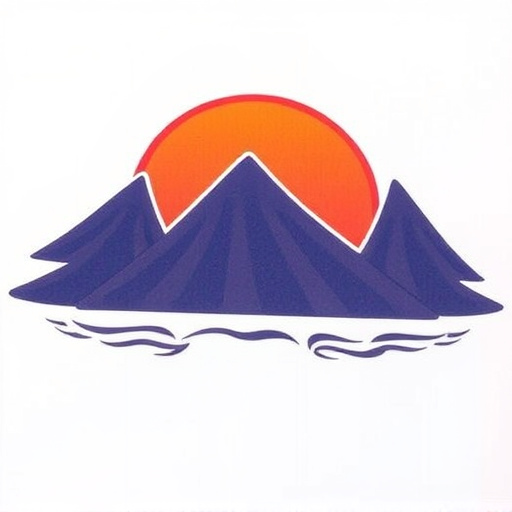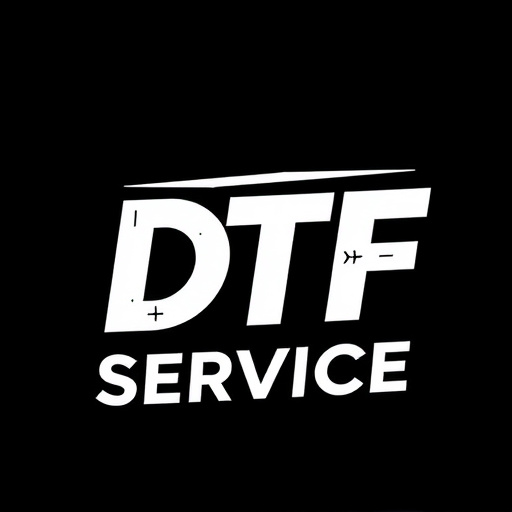DTF Powder Adhesives are innovative bonding agents for DTF printing, offering dry, powdery alternatives to liquid adhesives with unique curing processes. Microcrystalline and polymer-based options cater to diverse applications, from high-quality apparel to small business needs, influencing print quality through drying time and bond strength. These adhesives are versatile tools for creative projects, demanding precision in alignment and design details.
Looking for the perfect DTF Powder Adhesive for your project? This comprehensive guide breaks down everything you need to know. We dive into the fundamentals of DTF Powder Adhesives, explore different types and their unique properties, and provide insights on ideal applications. Whether you’re a seasoned professional or just starting, this comparison helps you choose the best adhesive for your specific needs. Discover the pros and cons of each type to make an informed decision.
- Understanding DTF Powder Adhesives: The Basics
- Types of DTF Powder Adhesives: A Comparison
- Applications and Choosing the Right Adhesive
Understanding DTF Powder Adhesives: The Basics
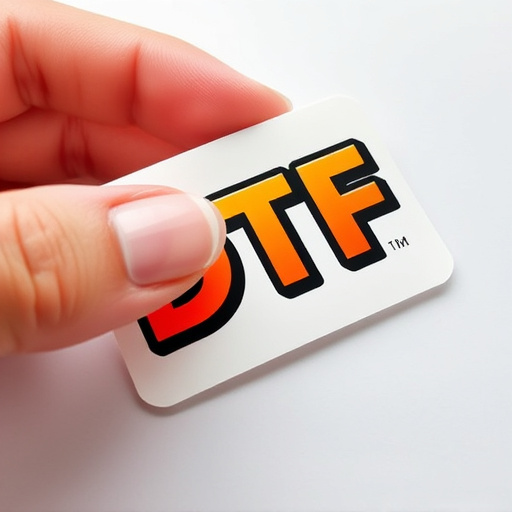
DTF Powder Adhesives are a revolutionary bonding agent used in various applications, particularly in the world of DTF printing. Understanding their fundamentals is crucial when selecting the best type for your needs. These adhesives work by creating a strong bond between the substrate and the design after a specific curing process. The ‘powder’ refers to its dry, powdery consistency, which sets apart this method from traditional liquid adhesives.
When using a DTF printer or applying DTF transfer film, the powder is precisely deposited onto the desired surface, ensuring precise placement. This technique allows for intricate designs and is highly versatile, catering to industries like textiles, ceramics, and even electronic manufacturing. The key to successful DTF printing lies in choosing the right adhesive, considering factors such as curing time, bond strength, and compatibility with the materials used.
Types of DTF Powder Adhesives: A Comparison
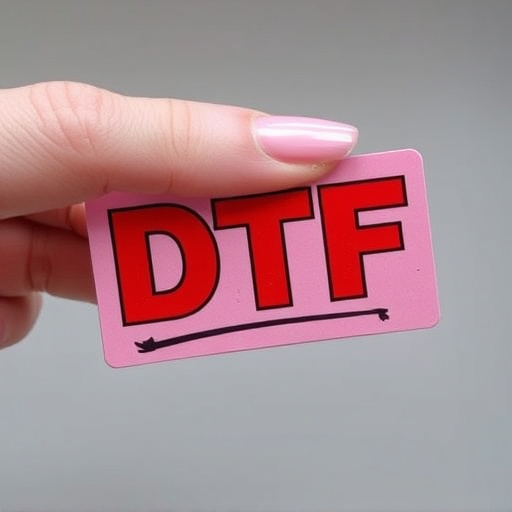
The world of DTF Powder Adhesives offers a range of options tailored to various applications, from dtf printing for t-shirts to mass production of shirts and even printing on hoodies. Two primary types dominate the market: microcrystalline and polymer-based. Microcrystalline adhesives, known for their strength and durability, are ideal for demanding applications like clothing and accessories. These adhesives form a robust bond, making them suitable for high-quality dtf printing for hoodies and ensuring long-lasting results.
On the other hand, polymer-based adhesives offer a more flexible option. They are versatile, easy to use, and cost-effective, making them popular among small businesses and hobbyists. While they may not match microcrystalline adhesives in terms of strength, they excel in ease of application and are suitable for general bulk dft shirt production, allowing for faster turnaround times without compromising quality.
Applications and Choosing the Right Adhesive
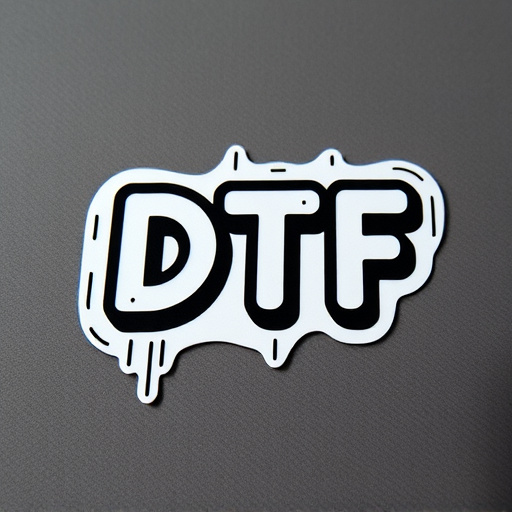
DTF Powder Adhesives have a wide range of applications, from creating custom t-shirts and promotional merchandise to enhancing graphic designs for various projects. When choosing the right adhesive, consider the specific use case. For instance, if you’re into cold peel DTF transfers, a fast-drying, easy-to-peel formula is ideal. Alternatively, for intricate designs requiring precise alignment, opt for a more versatile adhesive suitable for detailed work with direct to film printers.
Each DTF Powder Adhesive offers unique properties tailored to different needs. Factors like drying time, strength, and ease of application play significant roles in the final outcome. Selecting the right adhesive ensures optimal results, whether you’re a professional graphic designer or a DIY enthusiast looking to create stunning prints on various materials.
When it comes to selecting the best DTF Powder Adhesive, understanding your project’s unique needs is key. Each type offers distinct advantages in terms of strength, application ease, and curing time. Whether you’re looking for a versatile all-purpose adhesive or a specialized formula for specific materials, there’s an option that aligns perfectly with your requirements. By considering the applications outlined in this article, you can make an informed decision to ensure optimal results for your next project.
